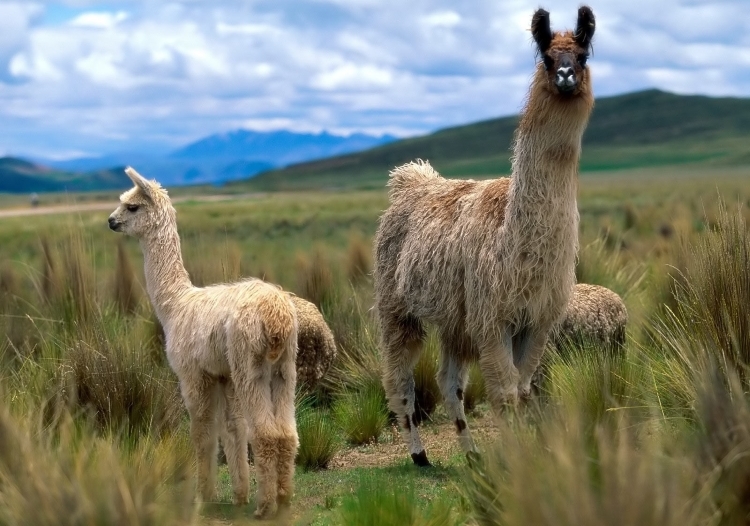Singani from Bolivia – Not something you have tried?
Have you ever even heard of Singani? We wouldn’t be surprised if you hadn’t. Bolivia is not a place you would associate with wine and spirit production but this landlocked, high-altitude country now has some nice offerings from its southern region of Tarija.
[easy-image-collage id=5557]Spanish monks started producing wine and distilling Singani shortly after the Conquistadors took control of the region in the mid 16th century. Monastic orders originally fermented and distilled for religious purposes of course (fine excuse!), and established the first vineyards in the high altitude valleys so that they had wine for mass. Today the vast majority of wineries and distilleries are concentrated around Tarija and we at WT² have visited Bolivia several times to explore and visit important players in the industry.
Singani is produced solely from Muscat of Alexandria grapes that the Spaniards brought with them from the Canary Islands en-route to the New World. This is an ancient grape with a convoluted history, but which is generally thought to have originated in Egypt. Cleopatra is believed to have drunk wine made from this grape, but who really knows?
Today the equipment used to process the grapes is obviously worlds apart from that used by ancient distillers and winemakers and the photo below shows one of several ultra-modern stills at the Kuhlmann (Parrales) winery and distillery in Tarija. These still rival the high-tech equipment being used for Pisco in Peru and shows how winery owners are prepared to invest large sums in the developing world, the terroir, history and results obviously merit it.
It is a bit of a paradox that in a country where things are generally very disorganized and chaotic that the regulations regarding the production of Singani are very strict indeed with regards to process and distribution. This has been an exclusively Bolivian product for the last 400 years, that is quite an unusual situation in today’s world.
The grapes used have a naturally very high concentration of aromatics as after distilling nothing can be added to change the character of the liquid. The final product will rest for 6 months in non-reactive vessels allowing the compounds to intensify. As with Pisco, the winemakers have to get it right the first time, there are no chances to make adjustments later.

The organization Wines of Bolivia is actively trying to promote the image, quality, and scope of wine and Singani production nationally and internationally. We met Franz Molina who is spearheading the efforts as President of Wines of Bolivia plus the winemaker at Los Parrales y Kuhlmann. We learned a lot from Franz as he showed us around the state of the art facilities, the quality control of Singani is second to none.
Something else we learned on our time in Bolivia (especially at the Casa Real winery), is the delicious nature of the Singani cocktail called “Chuflay”. You will always be offered one of these refreshing cocktails on your visits to wineries here and you will be told one of a number of stories as to why it is called what it is – you decide which you believe!
Bolivia is a very challenging place to travel, much like Peru, but it is so rewarding with the chance to witness true “living” cultures that most places in the world have lost to modernity. Taking one of our organized wine tours in Bolivia is a must here as logistics, customs and language can be overwhelming at times.

